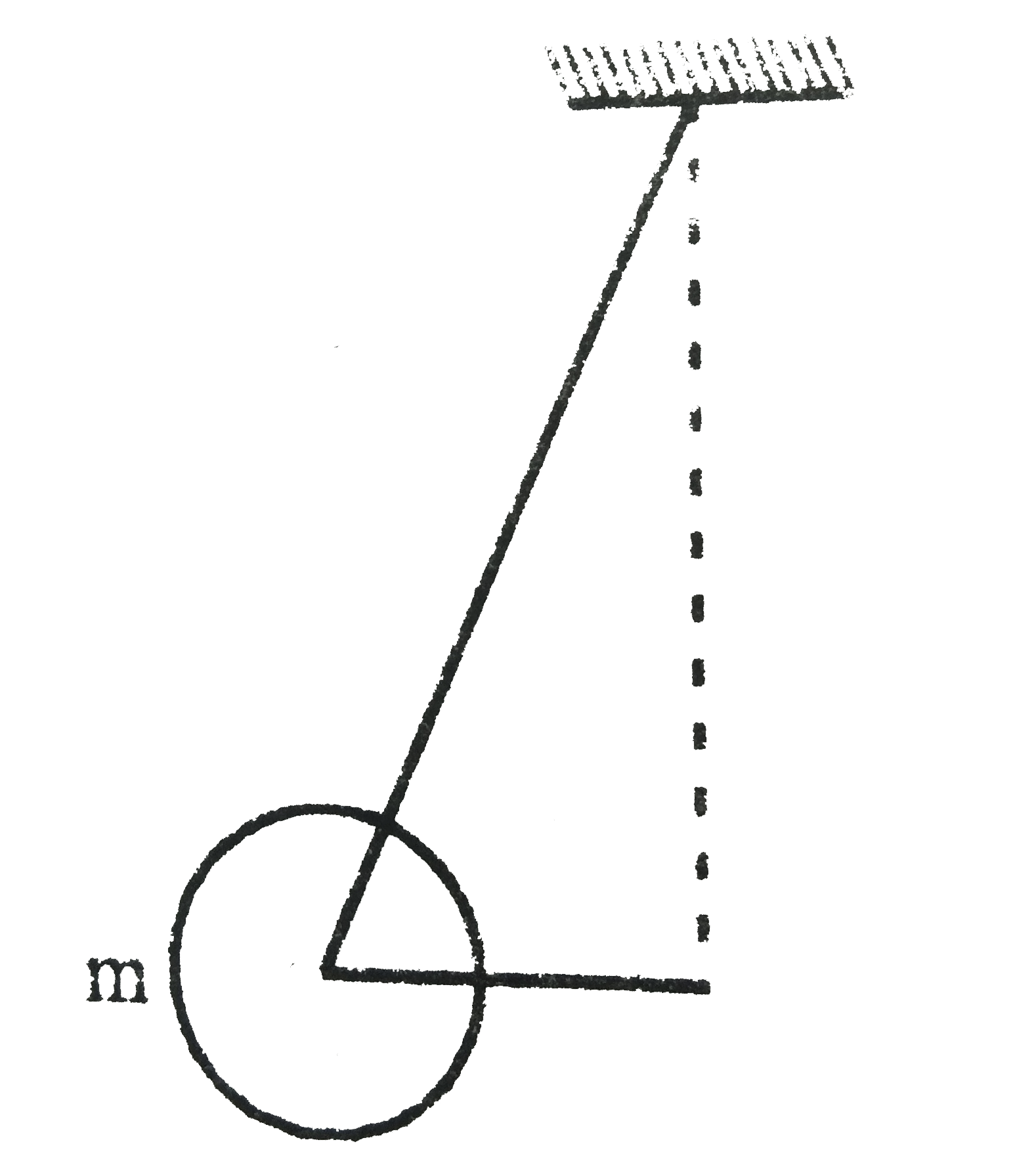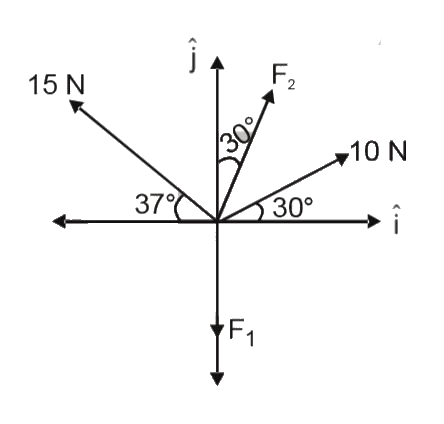A vector is along the positive -axis. If its vectors product with another vector is zero then could be Solution in Gujrati
The correct Answer is:
Topper's Solved these Questions
- BASIC MATHSBOOK - ALLEN CHAPTER - BASIC MATHSEXERCISE - Exersice-4[B]
14 Videos
- BASIC MATHSBOOK - ALLEN CHAPTER - BASIC MATHSEXERCISE - EXERCISE-5(A)
15 Videos
- BASIC MATHSBOOK - ALLEN CHAPTER - BASIC MATHSEXERCISE - DATA SUFFICIENCY QUESTIONS
3 Videos
- AIIMS 2019BOOK - ALLEN CHAPTER - AIIMS 2019EXERCISE - PHYSICS
39 Videos
- CIRCULAR MOTIONBOOK - ALLEN CHAPTER - CIRCULAR MOTIONEXERCISE - EXERCISE (J-A)
6 Videos
Similar Questions
Which of the following vector identies is false ?
View SolutionThe forces, which meet at one point but their line of action do not lie in one plane,are called
View SolutionTwo vectors →A and →B lie in a plane, another vector →C lies outside this plane, then the resultant of these three vectors i.e. →A+→B+→C
View SolutionA simple pendulum executing SHM in a straight line has zero velocity at 'A' and 'B' whose distances form 'O' in the same line OAB are 'a' and 'b'. If the velocity half wat between them is 'v' then its time period is
View SolutionA ball of mass (m)0.5kg is attached to the end of a string having length (L)0.5m. The ball is rotated on a horizontal circular path about vertical axis. The maximum tension that the string can bear is 324N. The maximum possible value of angular velocity of ball (radian/s) is -
 .
.
View SolutionConsider two vectors →F1=2ˆi+5ˆk and →F2=3ˆj+4ˆk. The magnitude to thhe scalar product of these vectors is
View SolutionWhich of the four arrangements in the figure correctly shows the vector addition of two forces vecF_(1) and vecF_(2) to yield the third force vecF_(3)
View SolutionA vector →F1 is along the positive X-axis. If its vectors product with another vector →F2 is zero then →F2 could be
View SolutionResultant of two forces →F1 and →F2 has magnitude 50 N. The resultant is inclined to →F1 at 60∘ and to →F1 at 30∘ . Magnitudes of →F1 and →F2, respectively, are:
View SolutionA vector →A is along the positive x-axis and its vector product with another vector →B is zero, then vector →B could be
View SolutionA body acted upon by 3 given forces is under equilibrium .
(a) If ∣∣→F1∣∣=10 Nt., ∣∣→F2∣∣=6 Nt Find the values of ∣∣→F3∣∣ & angle (θ) .
(b) Express →F2 in unit vector form

View SolutionIf the four forces as shown are in equilibrium Express →F1&→F2 in unit vector form.

View SolutionIf the four forces as shown are in equilibrium Express vecF_(1)& vecF_(2) in unit vector form.
View SolutionA vector →A is along the positive z-axis and its vector product with another vector →B is zero, then vector →B could be :
View SolutionCompare the components of vector equation vecF_(1)+vecF_(2)+vecF_(3)=vecF_(4) .
View SolutionA vector vec(A) is along the positive x-axis and its vector product with another vector vec(B) is zero, then vector vec(B) could be
View Solution
